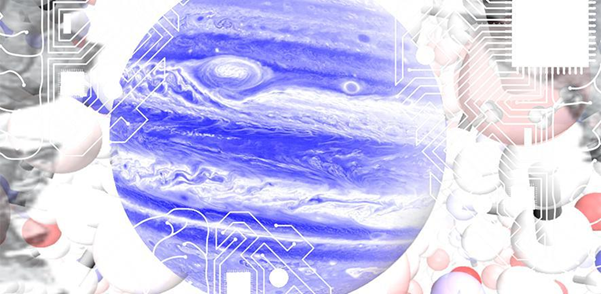Hydrogen, consisting of one proton and one electron, is both the simplest and the most abundant element in the Universe. The idea that dense hydrogen could be metallic - in line with the ambient-pressure behaviour of other Group I alkali metals in the Periodic Table, like lithium and sodium - is generally credited to a landmark 1935 paper by Eugene Wigner and Hillard Huntington. In the 85 years following, metallic hydrogen has fascinated scientists and there is now a vast body of literature, both experimental and theoretical, dedicated to this subject.
Accurate theoretical studies of dense hydrogen require methods based on quantum mechanics. However, the computational expense of quantum-mechanical techniques makes them difficult to apply to hydrogen. By combining machine learning and quantum mechanics, researchers have carried out simulations to discover how hydrogen becomes a metal under extreme pressures, such as those found in the gas giant planets of our solar system.
The researchers, from the University of Cambridge, IBM Research and EPFL, used machine learning to mimic the interactions between hydrogen atoms in order to overcome the size and timescale limitations of traditional quantum-mechanical techniques, like density-functional theory. They found that instead of happening as a sudden, or first-order, transition, the hydrogen changes in a smooth and gradual way. The results are reported in the journal Nature.
Figure: Machine learning combined with quantum mechanical computations reveal the transformation of liquid hydrogen at the high pressures that might be encountered in gas giant planets
Bingqing Cheng, Guglielmo Mazzola, Chris J. Pickard and Michele Ceriotti, "Evidence for supercritical behaviour of high-pressure liquid hydrogen", Nature 585, 217-220 (2020)

